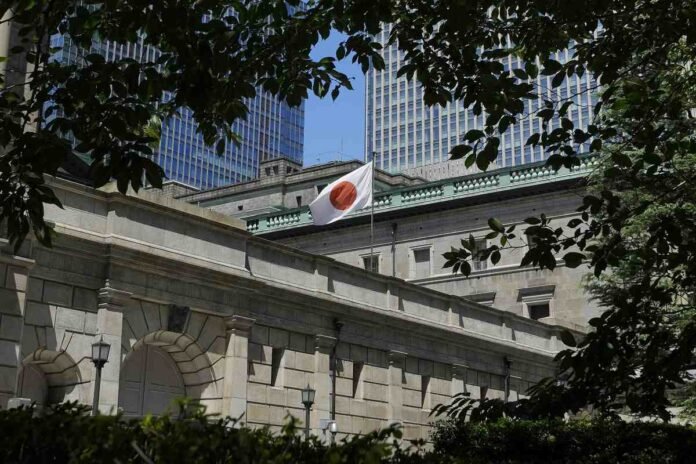The Japanese bank
11:05 JST, November 8, 2024
TOKYO (Reuters) – Japanese household spending fell for a second straight month in September, government data showed on Friday, as higher prices stifled consumer appetite, in a dispiriting sign for the central bank’s plans to ease the to further increase interest rates.
Consumer spending fell 1.1% from the previous year, while the average market forecast predicted a decline of 2.1%. On a monthly basis, seasonally adjusted, the economy fell by 1.3%, compared to an estimated decline of 0.7%.
There are one-off increases in consumption, but they don’t last long, said Takeshi Minami, chief economist at the Norinchukin Research Institute. “The background to this is the high cost of living and the deep-seated desire to save money.”
Households are likely to have continued to cut back on food, opting for cheaper alternatives such as chicken instead of beef, and saving more of their income, a Home Ministry official said.
The average of consumer spending between July and September fell 1.0% compared to the same period a year ago, the official said.
Consumption and wage developments are among the key factors the Bank of Japan (BOJ) looks at to gauge the strength of the world’s fourth-largest economy and decide how quickly to raise interest rates.
September payrolls data released Thursday showed inflation-adjusted wages fell for the second month in a row, despite nominal wage increases and a cooling in consumer inflation.
The renewed weakening of the yen with the election of Donald Trump as the next US president could also hit consumption through higher import prices, although the BOJ could in turn be pressured to raise rates if the yen falls accelerates.
Japan will release preliminary July-September gross domestic product (GDP) data next Friday. The economy is likely to have slowed sharply due to sluggish consumption and capital spending, according to a Reuters poll.



